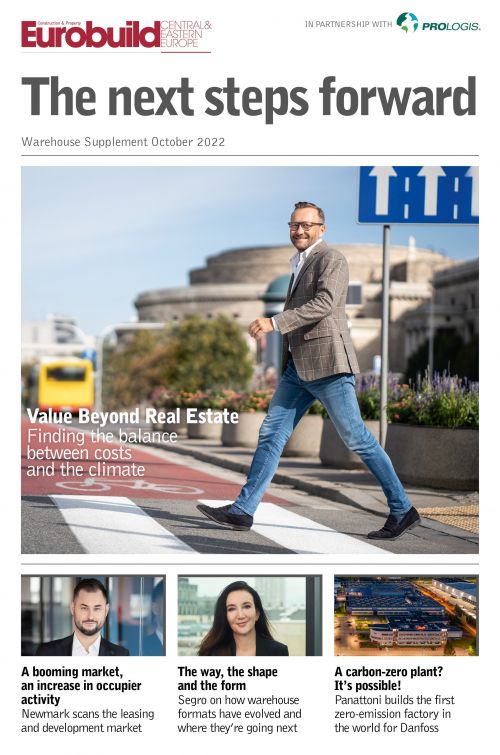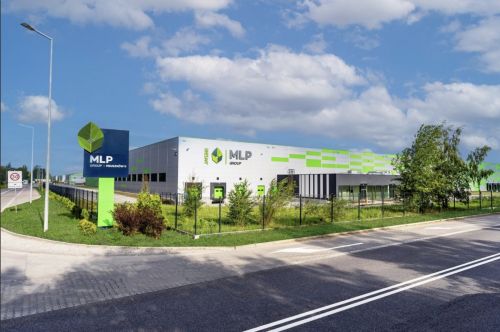‘Eurobuild CEE’: Urban warehouses have already grown into the market landscape, but their formats are still evolving. What has changed and what has been the reason for this?
Magdalena Szulc, Segro managing director, Central Europe:Warehouses in Poland are associated with large buildings located on the outskirts or far away from the cities. But constant innovations, and events like the pandemic, have helped shift this image. Since the outbreak of Covid-19, we’ve entered a golden era for e-commerce – and this has had a significant impact on the warehouse market. Companies are more than ever focused on fast deliveries to demanding end-customers. More and more warehouses are therefore being located close to the cities or constructed within their boundaries, such as small business units. SBUs usually combine a warehouse and office space, making it possible to meet all the company’s needs. What has also changed in our country is the type of usage of city wareho































































